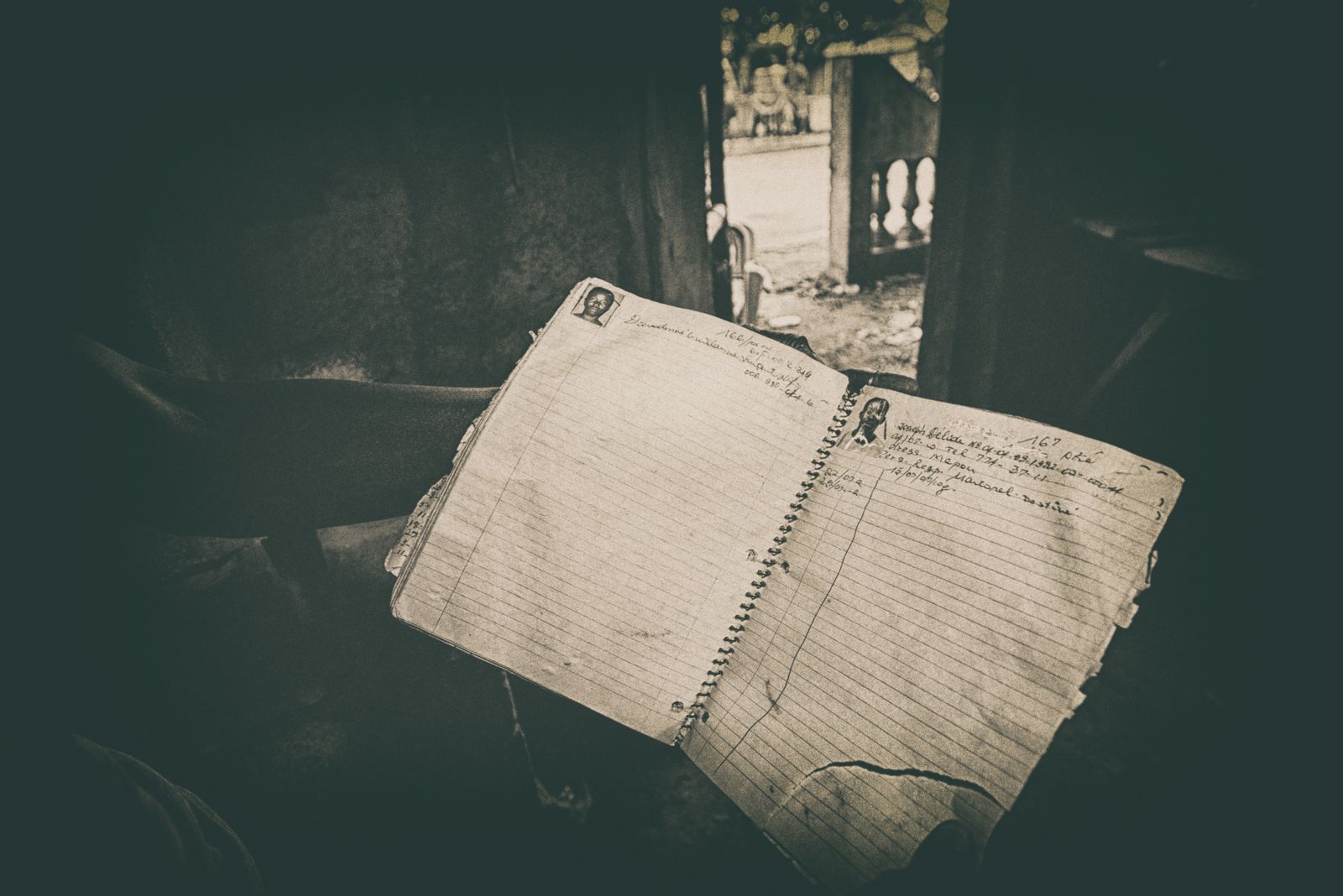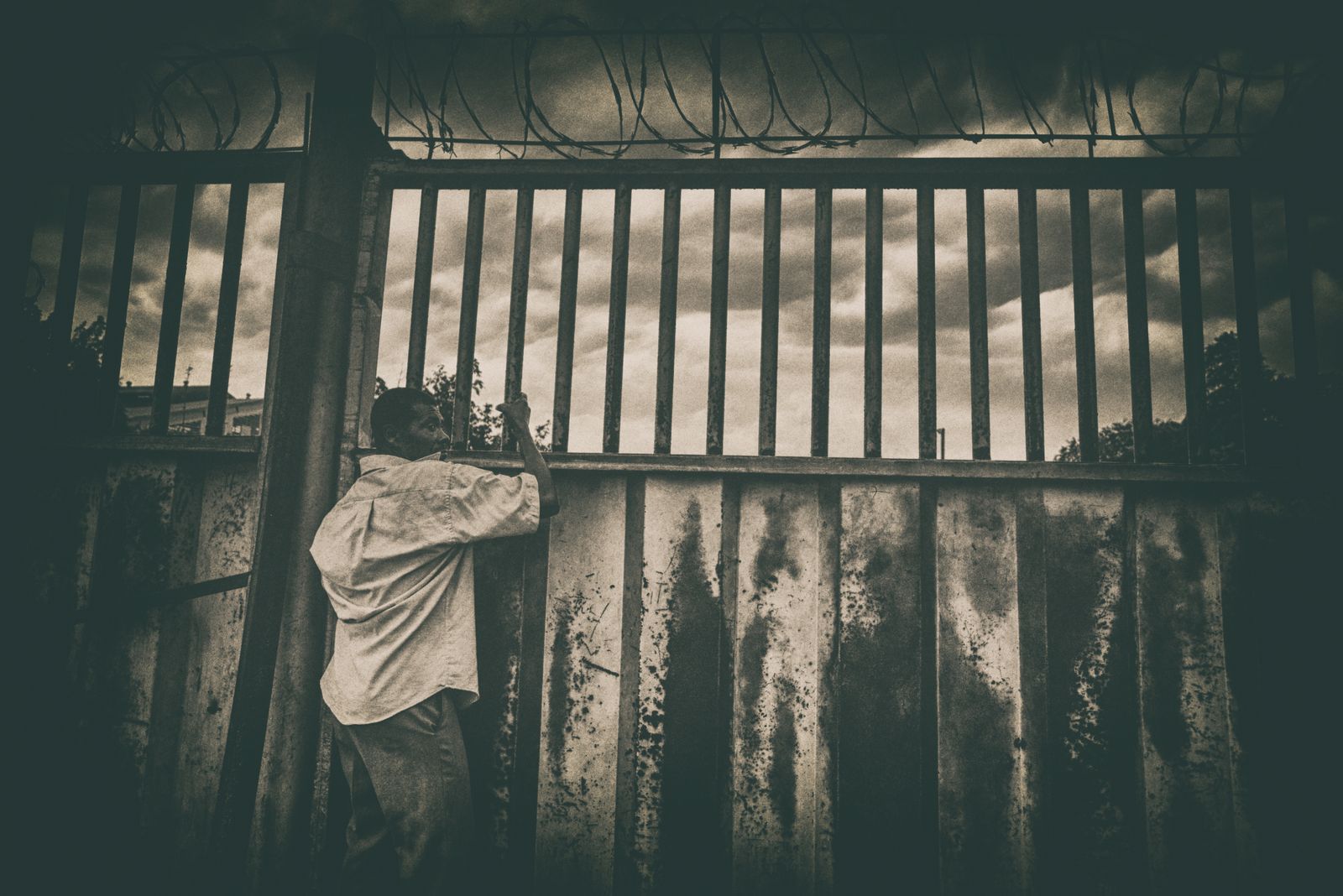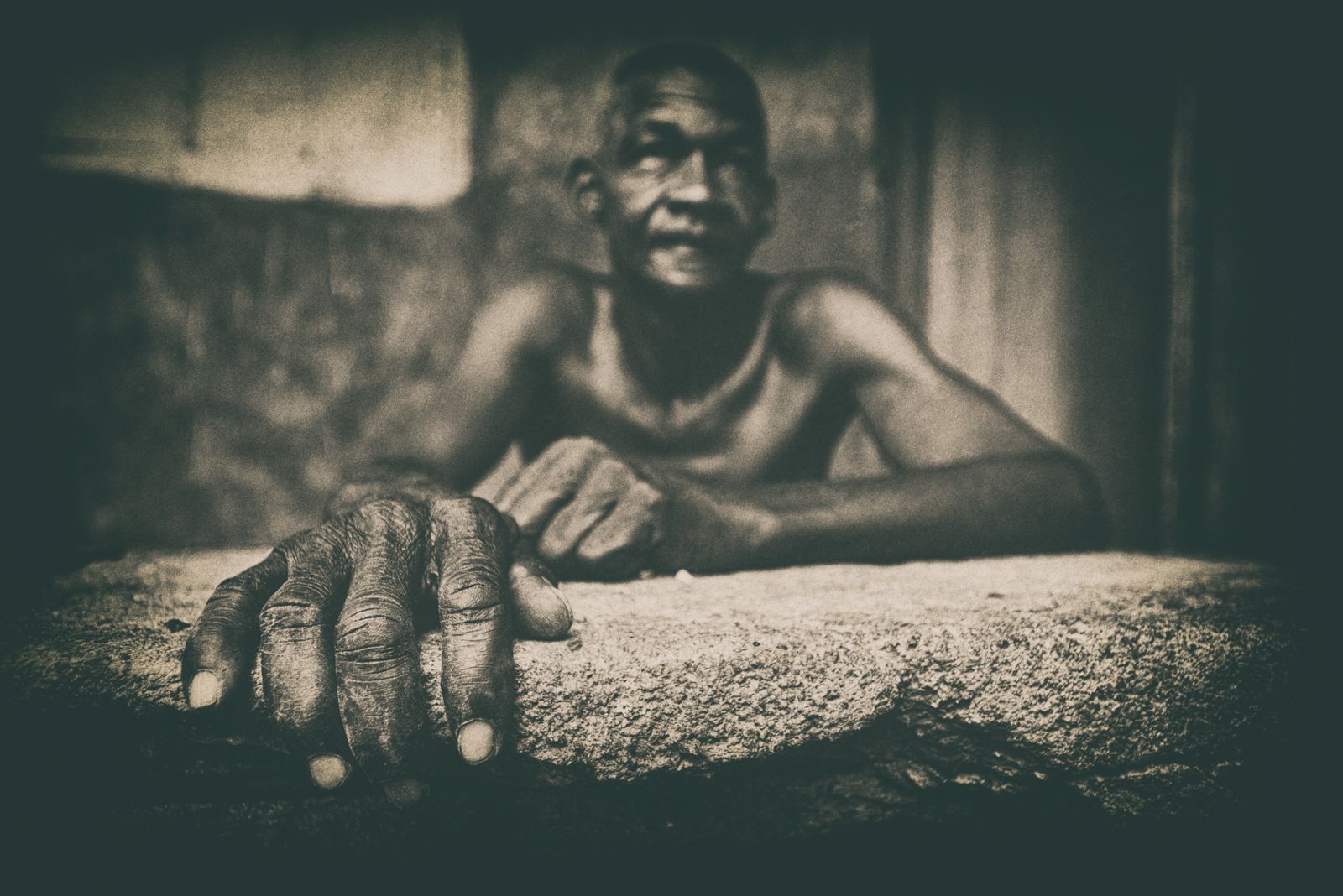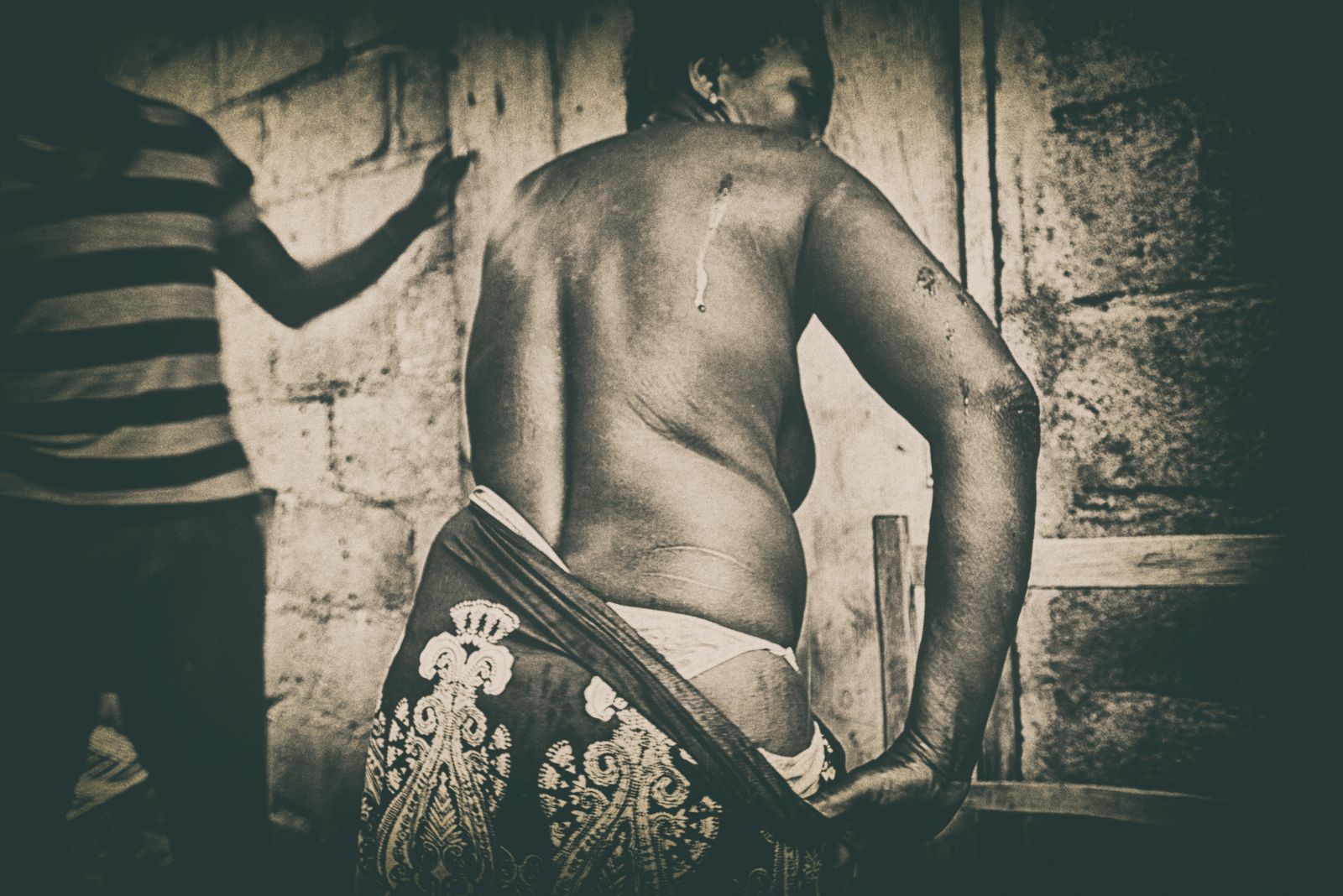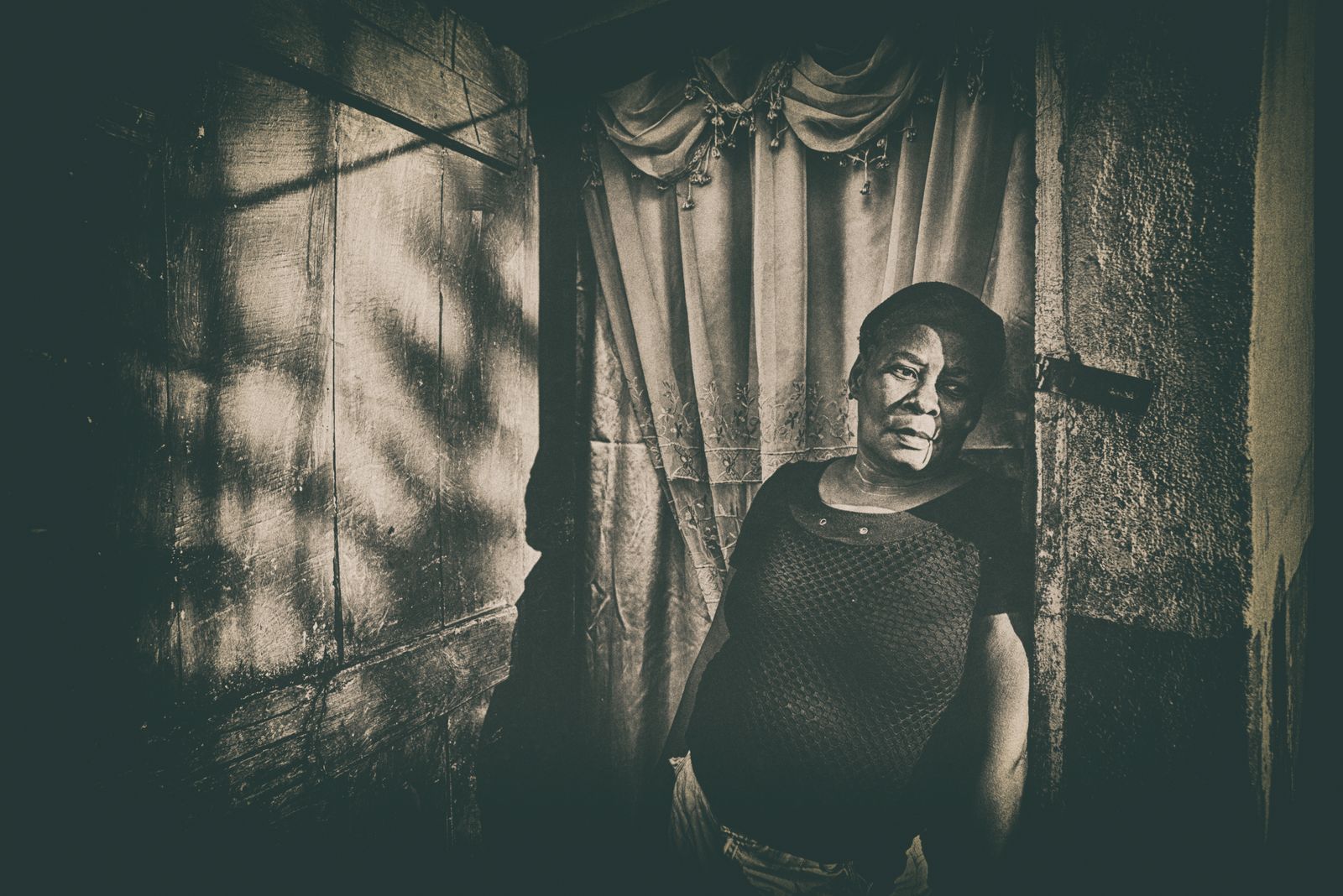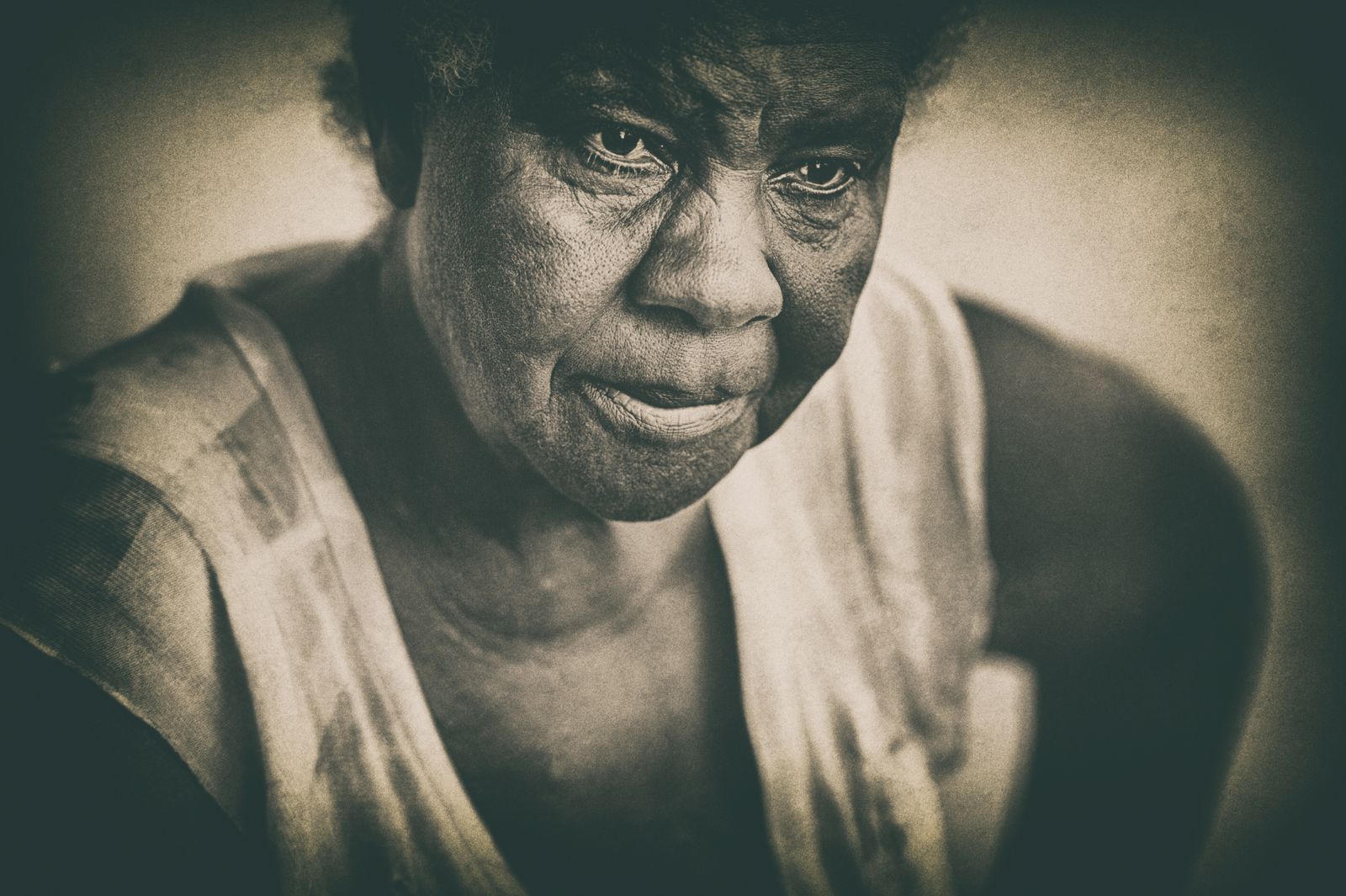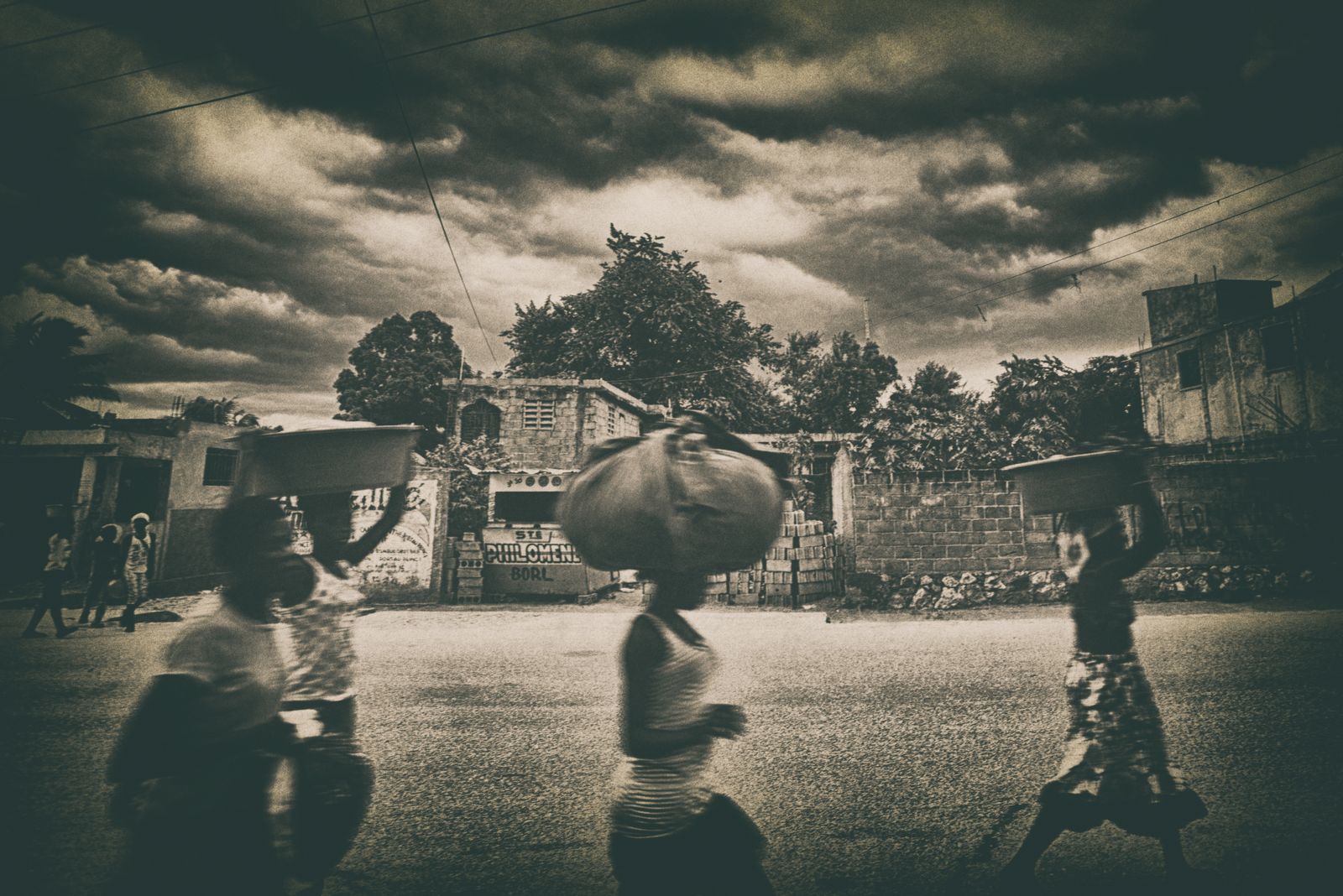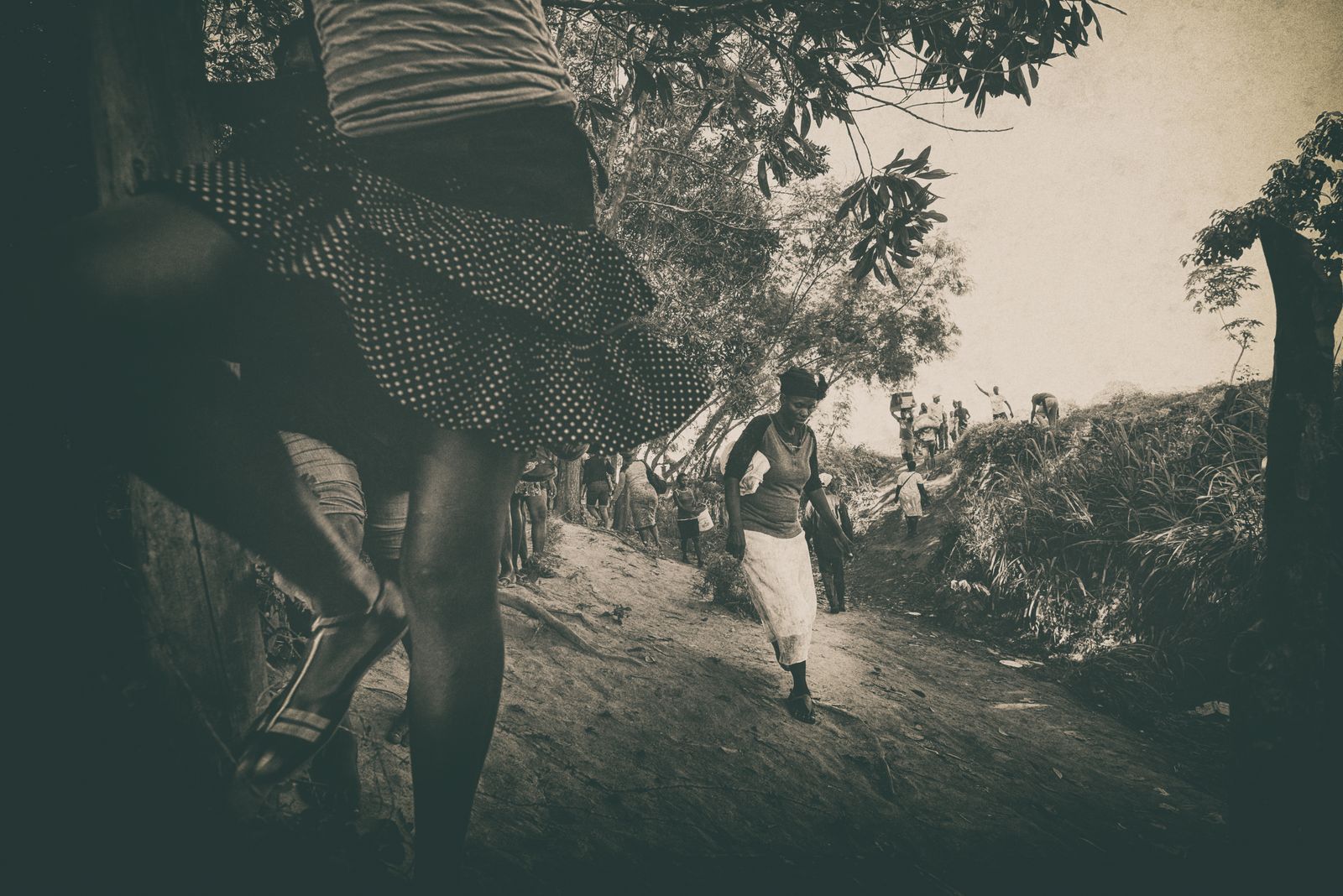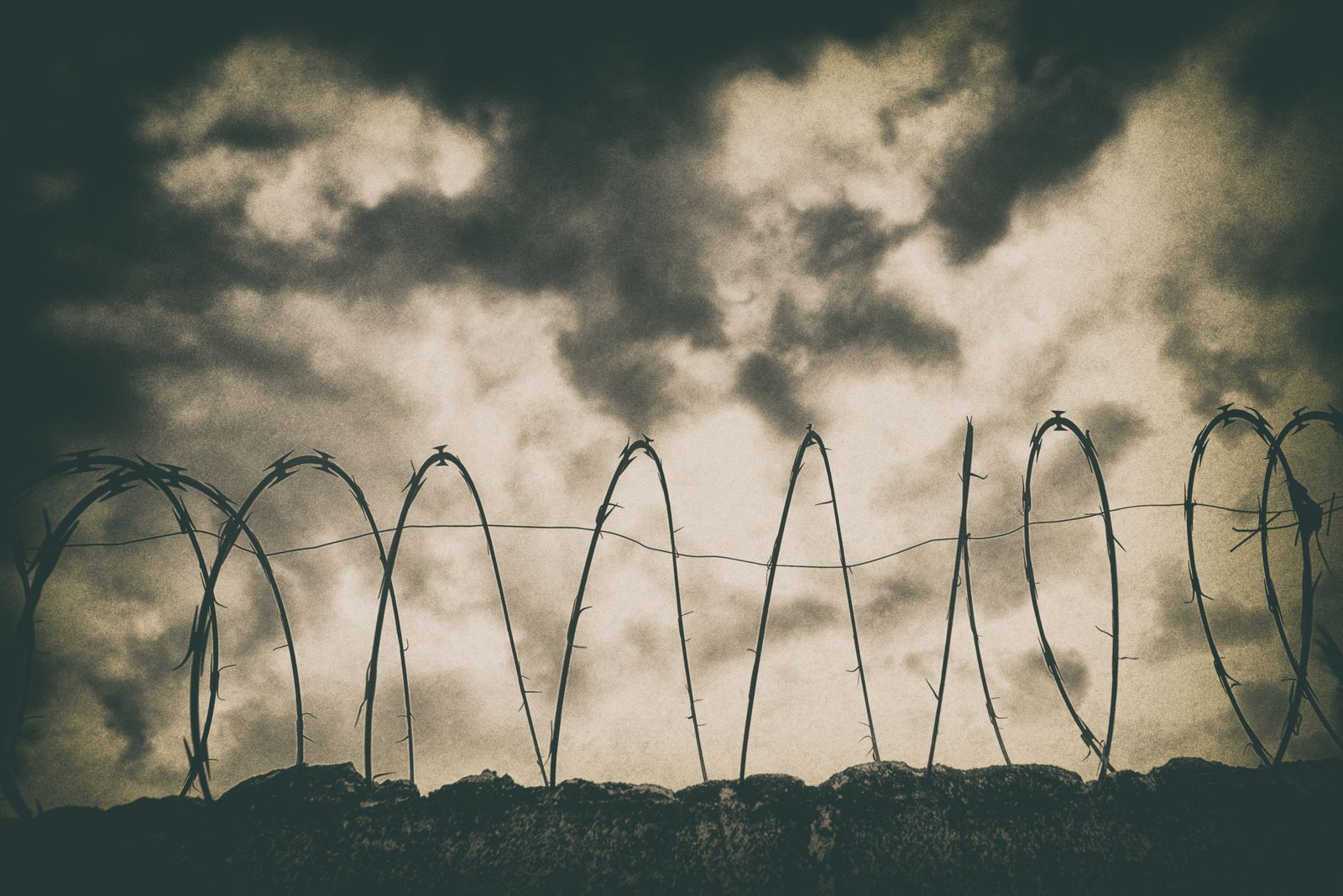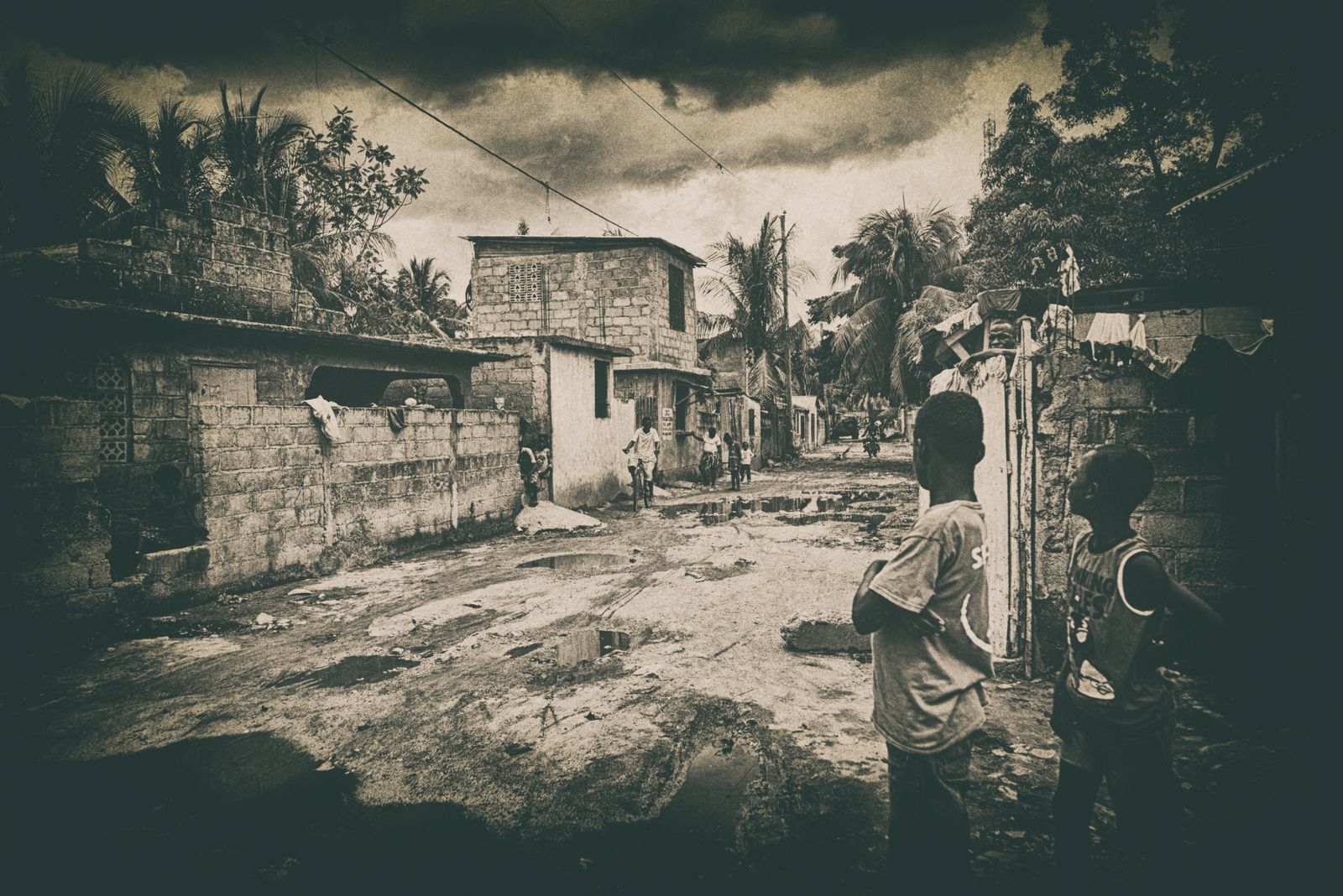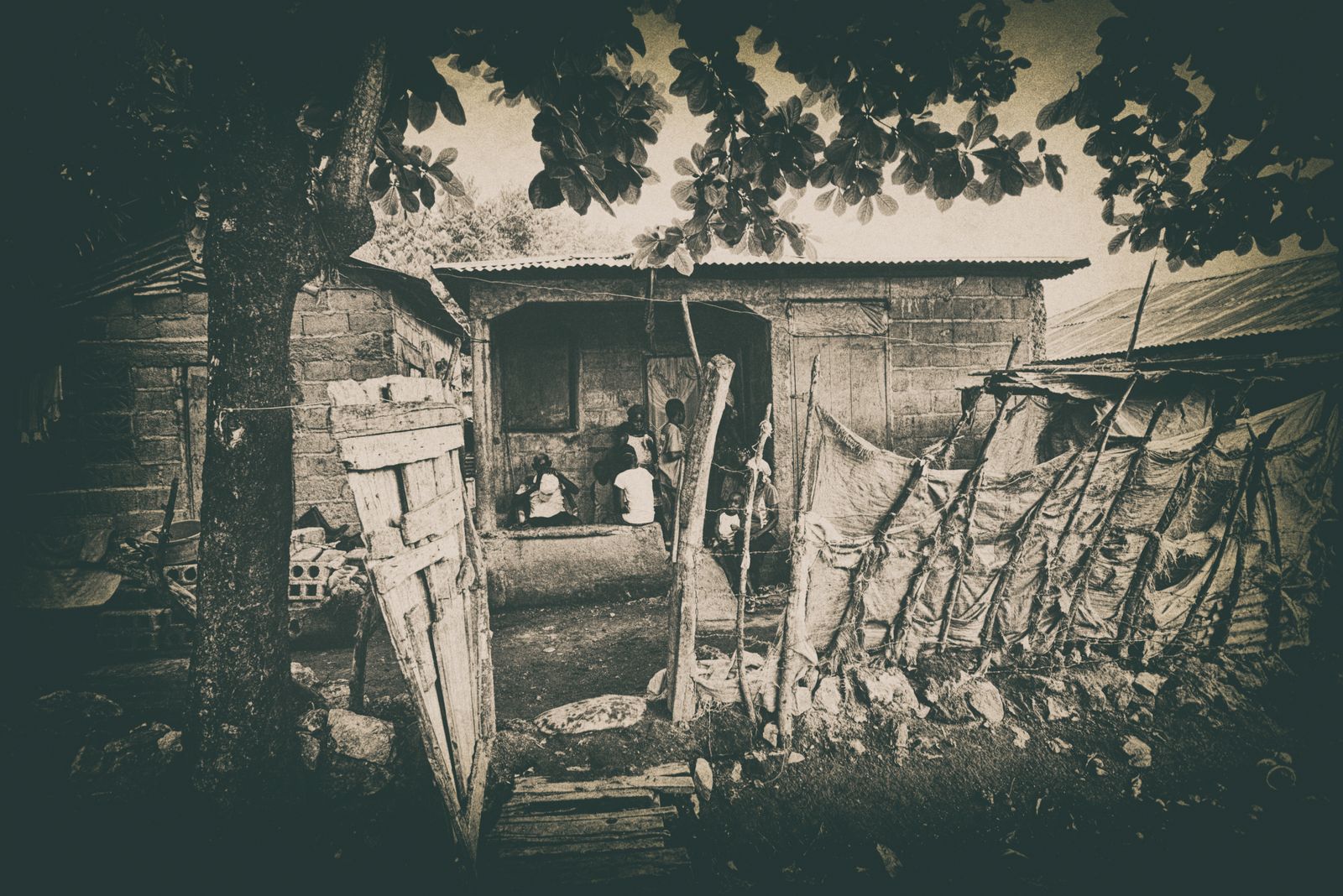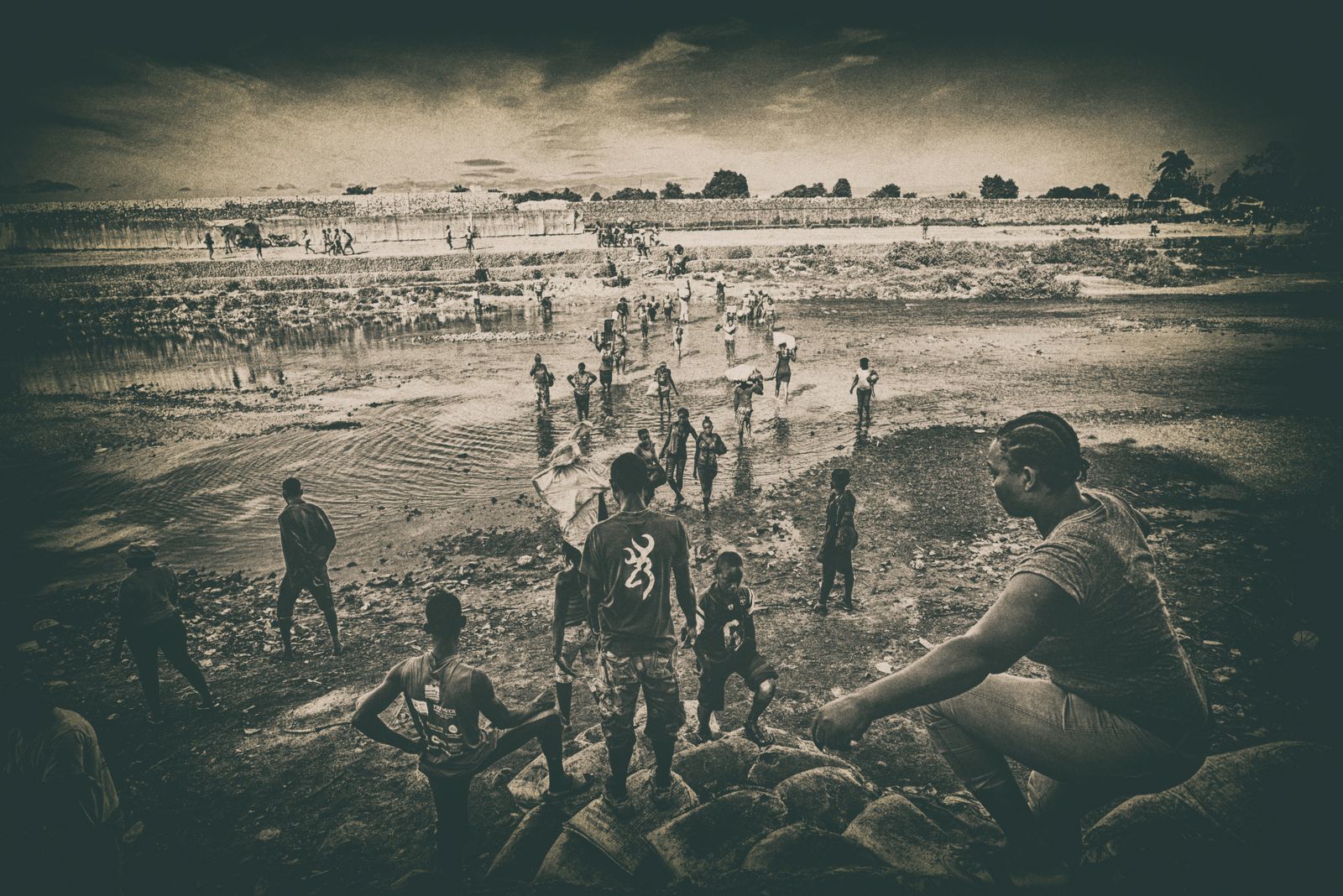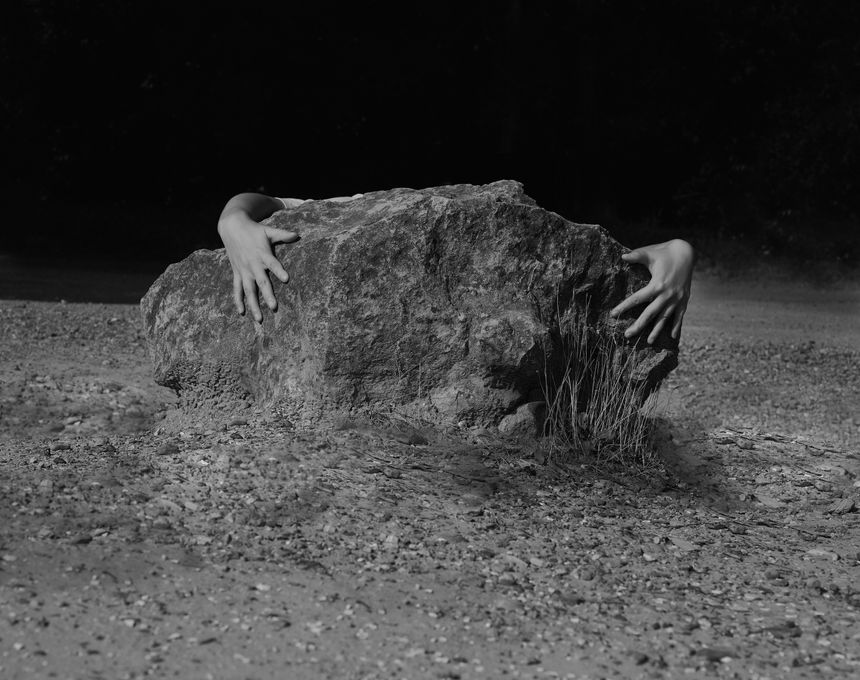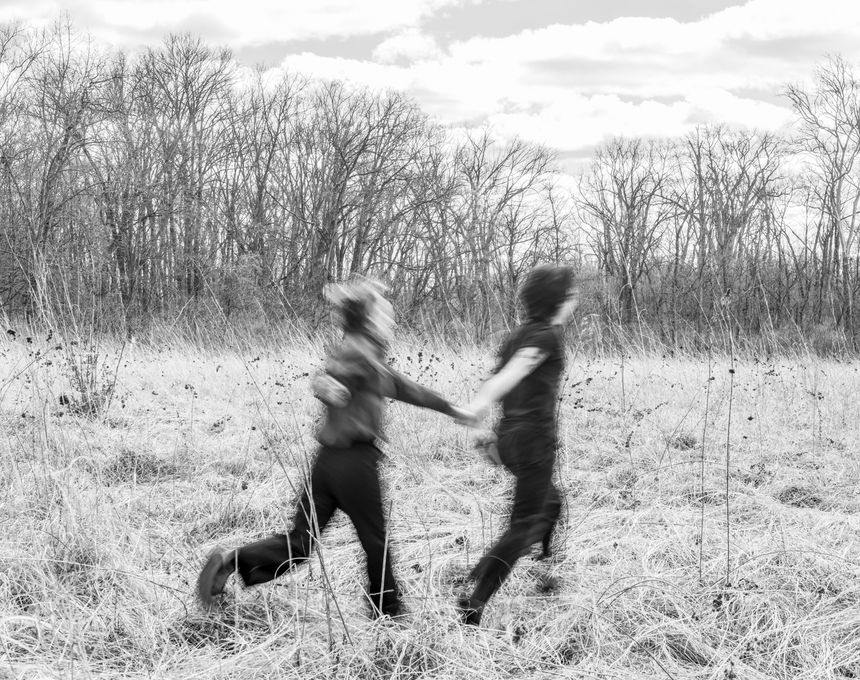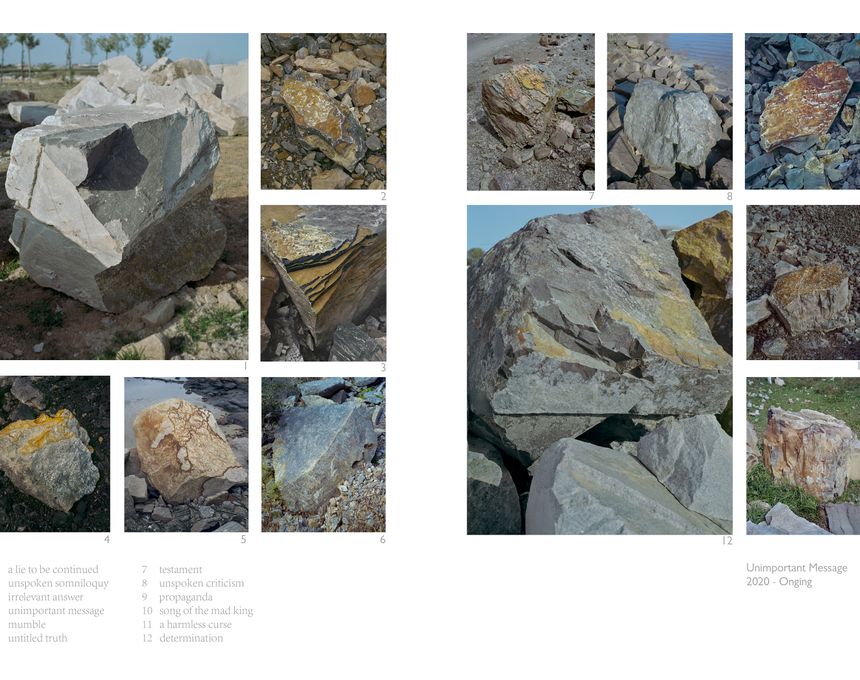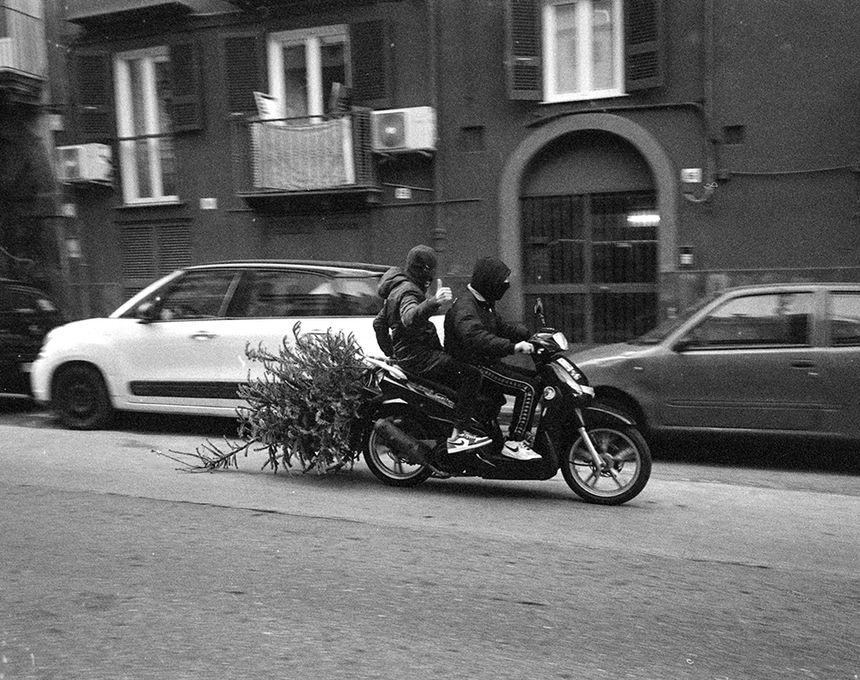Haiti, Postcards from the border
-
Dates2017 - Ongoing
-
Author
The Massacre River marks the border between Haiti (Ouanaminthe) and Dominican Republic (Dajabon) in the northwest of the island. The Dominican Republic shares the Caribbean island of Hispaniola with Haiti, but the two neighboring countries might as well be across the globe from each other. Dominicans are Latin and pride themselves on their Spanish roots, whereas Haitians speak Creole and are largely descendents of freed African slaves.
In the early 1900s, Haitians sugarcane cutters, lured by the promise of work, began the seasonal migration to the Dominican Republic—the Haitians were willing to do this low-wage, back-breaking work whereas most Dominicans were not. Over the decades, many of these sugarcane workers did not return to Haiti at the end of season, and thus created a large, permanent population of Haitians in the Dominican Republic—a population that was not welcomed.
The tensions between the two countries date back to many years ago culminating 80 years ago during the regime of Rafael Trujillo (1930–1961) that ordered an Haitian massacre - where more than 25,000 Haitians found outside the sugar plantations were killed) known as 'The massacre of parsley'. The river - which is so called not for this episode, but for a bloody event that happened long before 1937 - was the place where thousands of Haitian bodies were found death. This deep wound has never been remedied and the relations between the two countries are continually very tense.
Throughout the late 1960s, ‘70s, and 80s, Haitian sugarcane cutters were confined to bateyes (company-owned towns consisting of nothing more than crude barracks surrounded by fencing) under the watchful eye of armed government soldiers. Their belongings were confiscated and they were trucked back and forth from the fields, often working from sun up to sun down. By the 1990s, the bateyes had become permanent home to hundreds of thousands of men, women, and children - second and third generation - Haitians born in the Dominican Republic, but with no legal citizenship status to be there and with no ties to their “homeland” Haiti. They basically became a people without a country. Today the bateys remain the home of about 500.000 haitian and they still live in the same bad condiction (most do not have latrines, elettricity, rare potable water, raw road to reach, no education and healthcare).
The international economic crisis of the last years and the shifting of the center of gravity in the cultivation of the sugarcane in South America also heavily bad affected to the economic situation of the Dominican Republic and severely aggravated relations between the two peoples. Dominicans have always been responsible for all their problems to Haitian immigrants. This attitude, which often resulted in real acts of racism, was exacerbated by a very absurd and controversial sentence, issued in September 2013 by the Dominican Government: the Constitutional Court abolished the ius soli as a valid criterion for the acquisition of citizenship and applied this new legislation retroactively starting from 1929. A measure capable of losing the nationality to over 200 thousand people, especially of Haitian origin, who from one day to another have precipitated into a state of statelessness, effectively losing any form of rights civil: from work to health, from medical assistance to education. The harsh reaction of the international community, worried by this unprecedented and unanimously considered as a highly discriminatory legal scandal on a racist basis, has forced the Dominican government to activate a plan to regularize foreigners which, however, soon revealed itself to be a real charade. So, between June 2015 - after the deadline for submitting the application - and May 2016 over 100 thousand people would be repatriated to Haiti including threats, violence and mass deportations. This law, also under pressure from the European Community, was frozen until 2018 and so many Haitian immigrants continue to live in the bateys, even if without documents, in the terror that one day, at any moment, can arrive their turn to "return" to a land that mostly they have never known and of which they do not know even the language.
